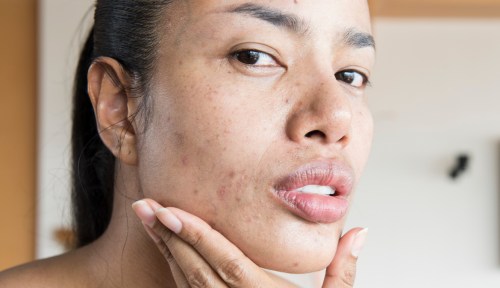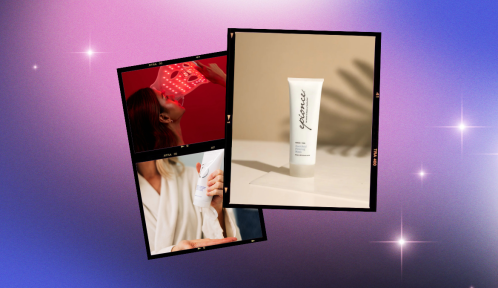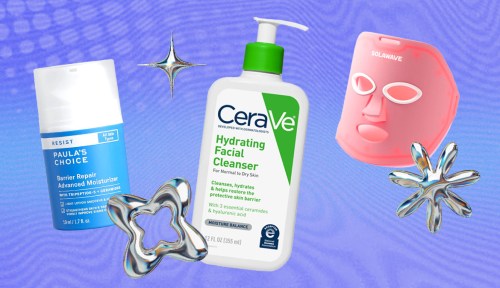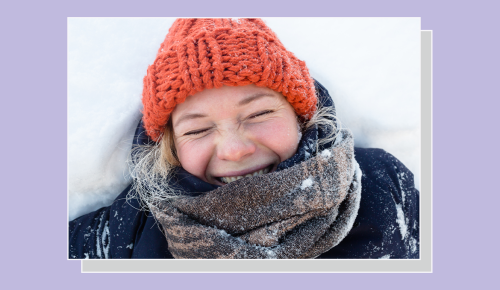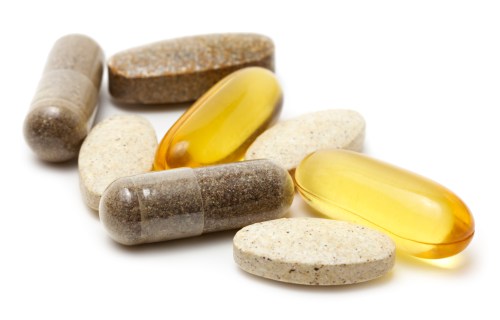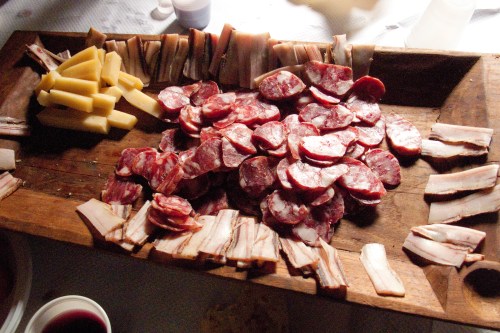Our editors independently select these products. Making a purchase through our links may earn Well+Good a commission
One of the biggest lies we were fed as teens, IMHO, is that acne clears up when you get older. Tragically, most humans will continue breaking out well into adulthood for a variety of reasons—one of those being fluctuating hormones. In fact, that’s one of the most common types of acne many in their mid-twenties and early thirties experience. Sometimes, as you’ll read on in a few seconds, these breakouts can continue well into yours 50s (sorry to be the bearer of bad news). Zits around the mouth, chin, and jawline will pop up (and continue to pop up), thanks to your period or ovulation, as well as a depletion of estrogen.
Experts in This Article
board-certified dermatologist and founder of DERMAdoctor
“It most commonly affects women about to have a period, pregnant women and women going through menopause—times of hormonal imbalance where estrogen levels are lower due to a surge in progesterone,” saysDr. Audrey Kunin, Dermatologist & DERMAdoctor founder. The hormonal imbalance then triggers excess sebum to form, clogging pores and nourishing acne forming bacteria.
Luckily, there are several derm-approved treatments that can help combat these specific types of outbreaks. But first, let’s talk about why treat hormonal acne differently from other kinds of acne.
Hormonal acne vs. other types of acne
“Hormonal acne is different from other types of acne for a few reasons,” says board-certified dermatologist Cybele Fishman, MD with Advanced Dermatology PC. “It’s most common in adult women in their 20s to 50s — not teenagers,” she says. This means “you need to keep this in mind, as many women with hormonal acne do not have oily skin, and will get irritated from commonly used over-the-counter acne ingredients like salicylic acid and benzoyl peroxide.”
What’s more, is that topical treatments aren’t always super effective for these types of breakouts, says Dr. Fishman. “If over-the-counter is not cutting it, see a dermatologist for treatments that specifically target hormonal acne (like topical Winlevi cream, recently FDA-approved, oral spironolactone, or birth control pills).” Dr. Fishman says that because women with hormonal acne typically need an internal treatment as well (“to modulate hormones and block testosterone’s actions on the skin,”) she recommends the OTC supplement “DIM,” in conjunction with topical treatments.
Best treatments for hormonal acne
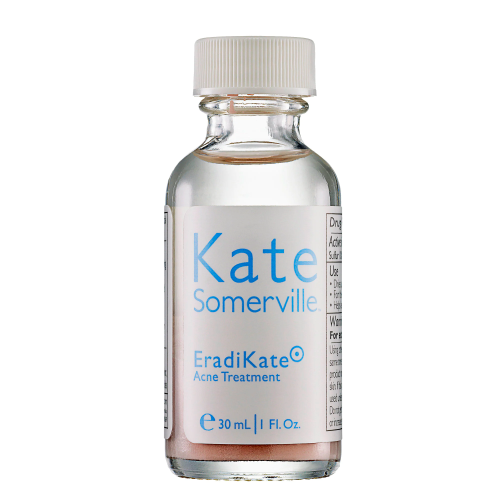
Kate Somerville EradiKate Acne Treatment — $28.00
This Kate Somerville formula contains sulfur (this exfoliates and clears pores), BHAs (which fights inflammation), and zinc oxide (a natural mineral which absorbs sebum). “The sulfur acts as an antibacterial (against cuticaterium acnes, a common skin bacterial species), an anti-inflammatory, and it reduces sebum,” says Dr. Fishman. “[Kate Somerville EradiKate Acne Treatment] works well as a spot treatment, and I find it less irritating to the skin than benzoyl peroxide and salicylic acid. This product also contains zinc, which is anti-inflammatory.” This can also help prevent breakouts, so think of it as an offensive and defensive treatment.
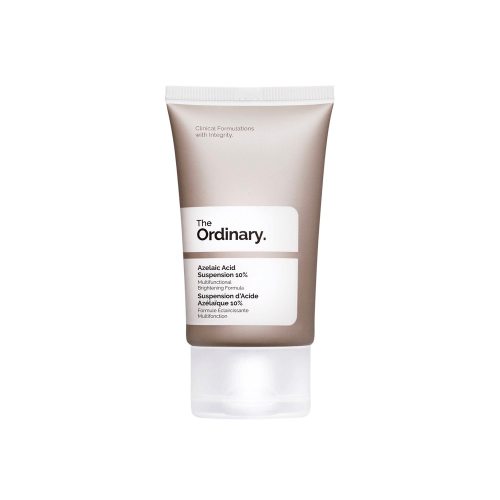
The Ordinary Azelaic Acid Suspension 10% — $10.00
“I like this product because it is very affordable—just $10—and azelaic acid is FDA-approved for both rosacea (Finacea, 15% azelaic acid) and acne (Azelex, 20% azelaic acid),” says Dr. Fishman. “Azelaic acid is a naturally occurring antimicrobial and anti-inflammatory found in wheat, barley, and rye. The cream formulation of this product helps cut down on the irritation azelaic acid sometimes can cause. This is a good product for people who get brown marks after pimples as it also helps lighten hyper-pigmentation. Unfortunately, it does not really help red marks left after acne. This is more of a problem-area treatment than a spot treatment.”
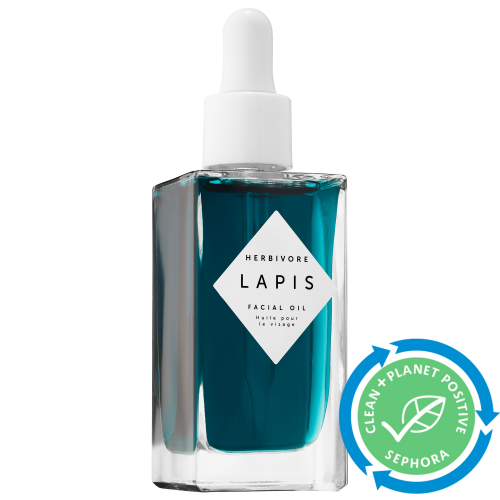
Herbivore Lapis Blue Tansy Face Oil — $72.00
“I am known for recommending products with fewer chemicals, perfumes, etc.,” says Dr. Fishman. “I really like this product as often, people with acne overdo with irritating medication, and dry out their skin, disrupting the natural skin barrier. This product has anti-acne ingredients while also helping maintain the skin barrier with squalene, kukui nut oil, and jojoba oil. Blue tansy is anti-inflammatory and anti-microbial, and jojoba oil is a great choice for an oil for acne-prone skin as it does not break people out. This has no preservatives, fragrance, or dye, which I prefer in my products.”
This Parisian Skincare Brand Is Launching in the United States for the First Time—Here’s What a Derm Wants You to Know
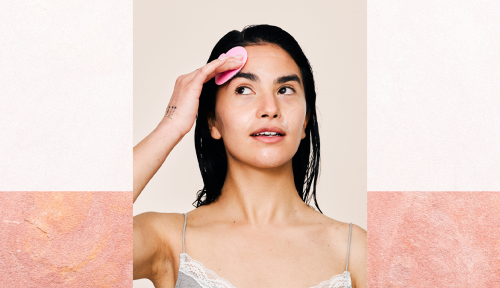
We’re Calling It: Cleansing Balms Are the Face Wash of the Future—Here Are 3 to Add to Your Cart
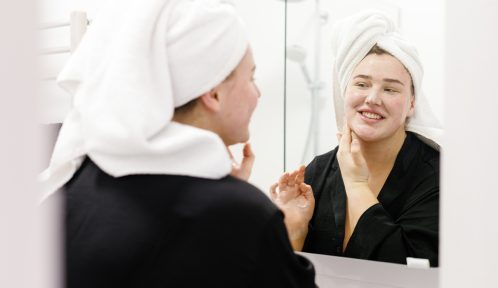
This Is the One Product That Scarlett Johansson Always Keeps in Her Purse and on Her Bedside Table
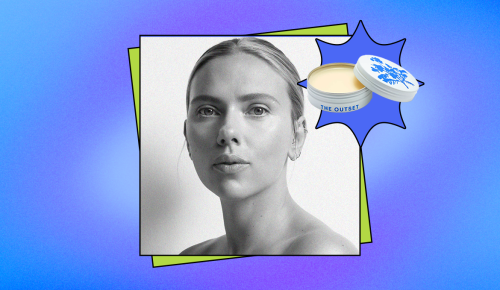
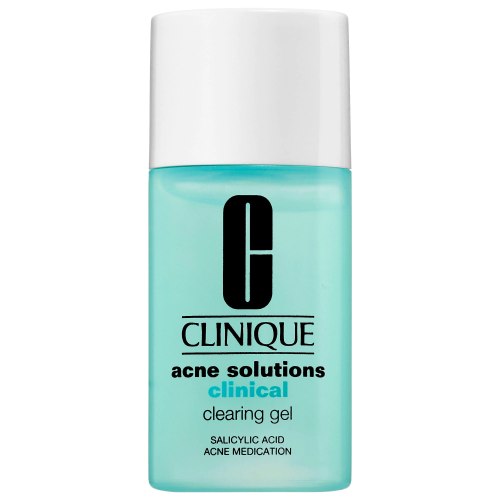
Clinique Acne Solutions Clinical Clearing Gel — $30.00
“This contains salicylic acid in a lightweight gel formulation,” says board-certified dermatologist Hadley King, MD. “Salicylic acid is an excellent pore-clearing ingredient because it exfoliates the surface of the skin and penetrates into pores to remove oil—this helps to prevent pores from becoming clogged, and can help remove clogs that have already formed.”
She mentions, however (like Dr. Fishman did) that salicylic acid is best for those with oily and acne-prone skin, “particularly for treating and preventing comedonal acne—blackheads and whiteheads. Salicylic acid is a beta hydroxy acid (BHAs), which are most often preferred for normal to oily skin prone to acne and clogged pores.” This is because “BHAs can help reduce blackheads, whiteheads, pimples and milia.”
Moreover, “BHAs also have anti-inflammatory, skin-calming properties so they are gentle enough even for sensitive skin prone to redness and/or rosacea.”
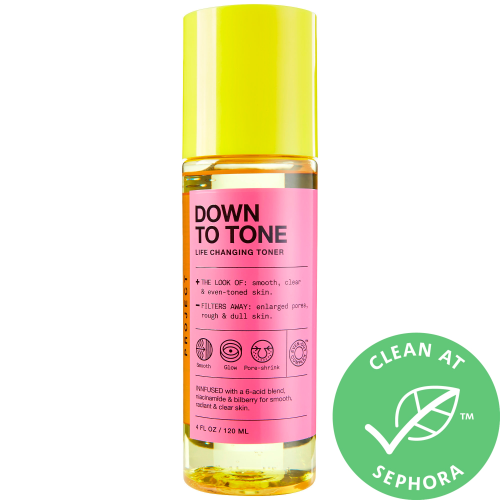
iNNBEAUTY PROJECT Down to Tone Resurfacing Acid Toner — $25.00
“I love InnBeauty Project’s Down to Tone Resurfacing Toner,” says Dr. King. “This alcohol-free blend of six acids (phytic acid, malic acid, gluconolactone, lactic acid, salicylic acid and citric acid) exfoliates, clarifies, and brightens the skin. It also contains niacinamide to improve tone and texture and support the skin barrier to keep moisture locked in. It was designed to be a clean version of P50, at a better price.”
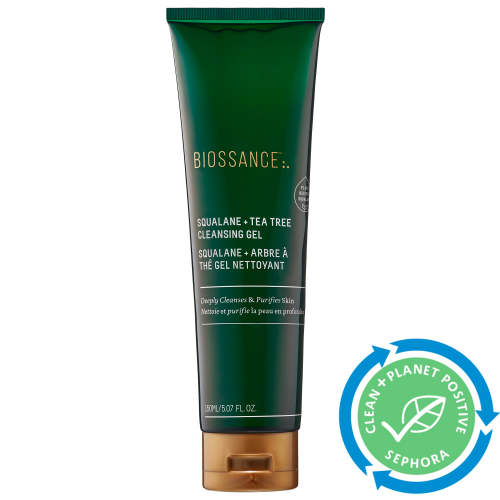
Biossance Squalane + Tea Tree Cleansing Gel — $43.00
The headline ingredients of this cleanser are real all-stars, according to Dr. King. “Squalane supports the skin barrier, and tea tree oil may be helpful for acne, particularly if the skin is sensitive,” she says. “Tea tree oil has anti-bacterial and anti-inflammatory properties, both of which can be helpful for acne (and it may be less irritating than benzoyl peroxide). It has antifungal and antiviral properties, and it’s non-comedogenic, so it is unlikely to clog pores and make acne worse.”
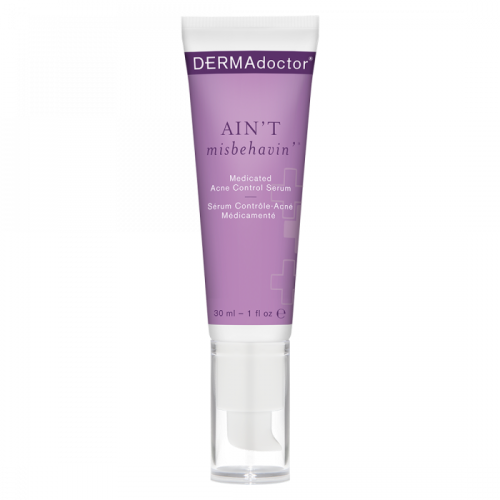
DERMAdoctor Ain’t Misbehavin’ Acne Serum — $48.00
This serum contains ingredients that address the five forms of blemish formation, including hormonal triggers, says Dr. Kunin. It has 2% salicyclic acid, and is formulated to be non-irritating and non-drying, so you can help clear outbreaks gently and effectively.
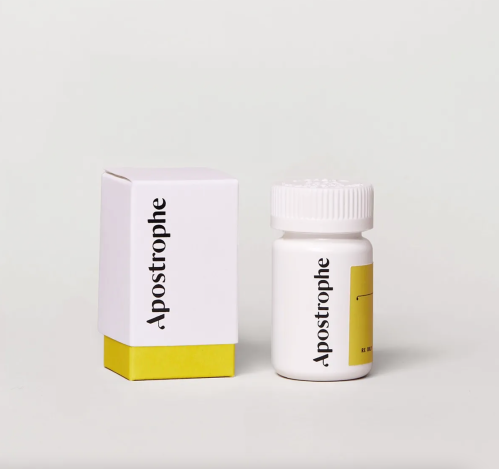
Prescription Spironolactone — $48.00
Because hormonal acne may more often be cystic in nature and more difficult to control with over the counter topicals, Dr. Kunin recommends looking into prescription spironolactone. “This medication helps balance the hormonal component of acne formation,” she adds. This oral medication helps reduce the effects of testosterone, reducing oil and breakouts. It does require a prescription from a dermatologist, but if you don’t have one, you can use a service like Apostrophe, which allows you to consult with a board-certified dermatologist virtually so they can create a customized treatment plan for you.
Oh hi! You look like someone who loves free workouts, discounts for cutting-edge wellness brands, and exclusive Well+Good content. Sign up for Well+, our online community of wellness insiders, and unlock your rewards instantly.
Sign Up for Our Daily Newsletter
Get all the latest in wellness, trends, food, fitness, beauty, and more delivered right to your inbox.
Got it, you've been added to our email list.
